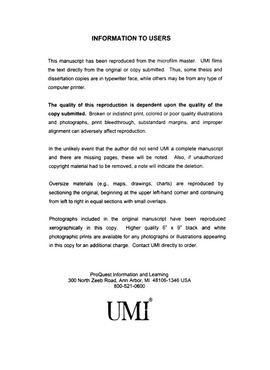| dc.contributor.advisor | Hughes, Richard, | en_US |
| dc.contributor.advisor | Civan, Faruk, | en_US |
| dc.contributor.author | Penuela-pineda, Gherson. | en_US |
| dc.date.accessioned | 2013-08-16T12:18:33Z | |
| dc.date.available | 2013-08-16T12:18:33Z | |
| dc.date.issued | 2002 | en_US |
| dc.identifier.uri | https://hdl.handle.net/11244/458 | |
| dc.description.abstract | Results from the numerical examples presented in this study indicate that the physical phenomena considered in the present model would predict shorter water breakthrough times and less oil recovery from the matrix, compared with predictions of the current numerical simulators using constant shape factors. Specifically, water breakthrough time and oil recovery predicted by the present model are about half of those predicted by current numerical simulators using constant shape factors, based on a 10 year simulation. | en_US |
| dc.description.abstract | The applicability of the time-dependent flow correction factor is also extended and demonstrated for gas-condensate systems by taking advantage of pseudofunctions that reduce the miscible two-phase problem to a single-phase problem. | en_US |
| dc.description.abstract | Fine-grid numerical simulation of a matrix block is performed to verify the flow equation using the time-dependent flow correction factor. Numerical experiments with various matrix block sizes indicate that the flow correction factor varies with time and converges to the steady-state value reported in the previous studies for single-phase flow. The flow correction factor for single-phase flow converges to a steady-state value at a speed proportional to the reciprocal of total compressibility, while the flow correction factor for two-phase flow converges at a speed proportional to the slope of the capillary pressure curve evaluated at the average water saturation present at the matrix/fracture interface. | en_US |
| dc.description.abstract | An accurate interporosity flow equation incorporating a time-dependent shape factor is derived and verified for improved dual-porosity modeling of pressure depletion and waterflooding of naturally fractured reservoirs. The interporosity rate equation expresses the exchange rate in terms of the oil-phase pressure gradient in the matrix, effective flow area and fluid permeability at the matrix/fracture interface, fluid viscosity and a variable matrix-block shape factor, computed as a flow correction factor to Darcy's law. This approach can accommodate the flow directed from matrix to fractures while representing the permeability anisotropy of interconnected fractures as a tensor. The model equations are expressed in dimensionless forms for convenient integration into conventional numerical simulators for accurate simulation of pressure depletion and waterflooding of naturally fractured reservoirs. Implementation of flow correction factors is also demonstrated by modifying a dual-porosity, dual-permeability reservoir simulator. | en_US |
| dc.format.extent | xvii, 149 leaves : | en_US |
| dc.subject | Engineering, Petroleum. | en_US |
| dc.subject | Porosity. | en_US |
| dc.subject | Fracture mechanics. | en_US |
| dc.subject | Oil reservoir engineering. | en_US |
| dc.subject | Darcy's law. | en_US |
| dc.title | Modeling interporosity flow for improved simulation of naturally fractured reservoirs. | en_US |
| dc.type | Thesis | en_US |
| dc.thesis.degree | Ph.D. | en_US |
| dc.thesis.degreeDiscipline | Mewbourne School of Petroleum and Geological Engineering | en_US |
| dc.note | Advisers: Richard Hughes; Faruk Civan. | en_US |
| dc.note | Source: Dissertation Abstracts International, Volume: 63-03, Section: B, page: 1542. | en_US |
| ou.identifier | (UMI)AAI3045836 | en_US |
| ou.group | Mewbourne College of Earth and Energy::Mewbourne School of Petroleum and Geological Engineering | |
